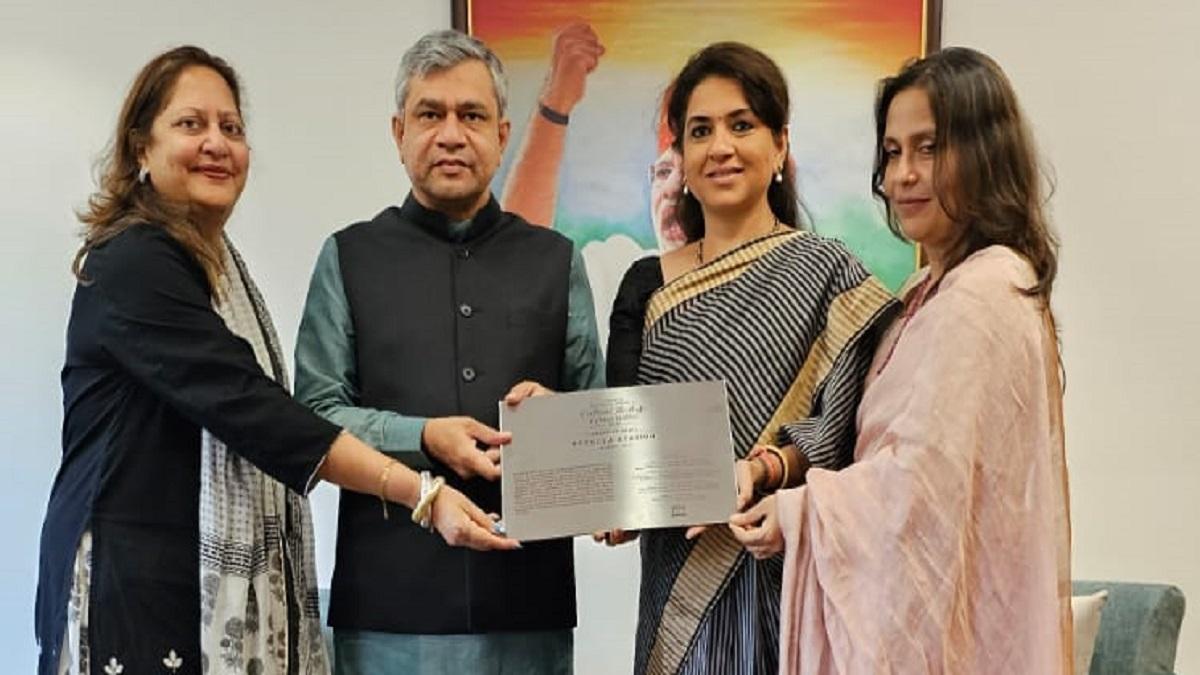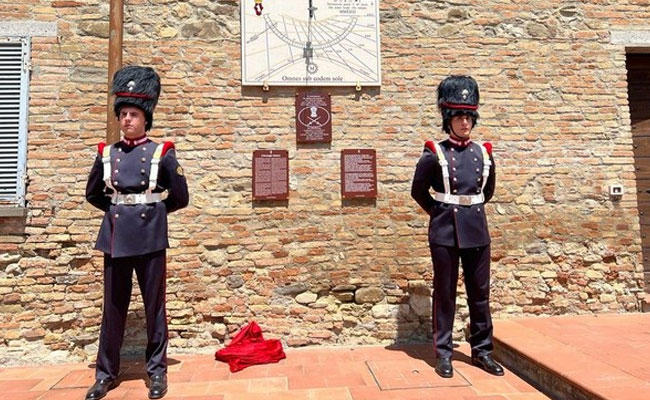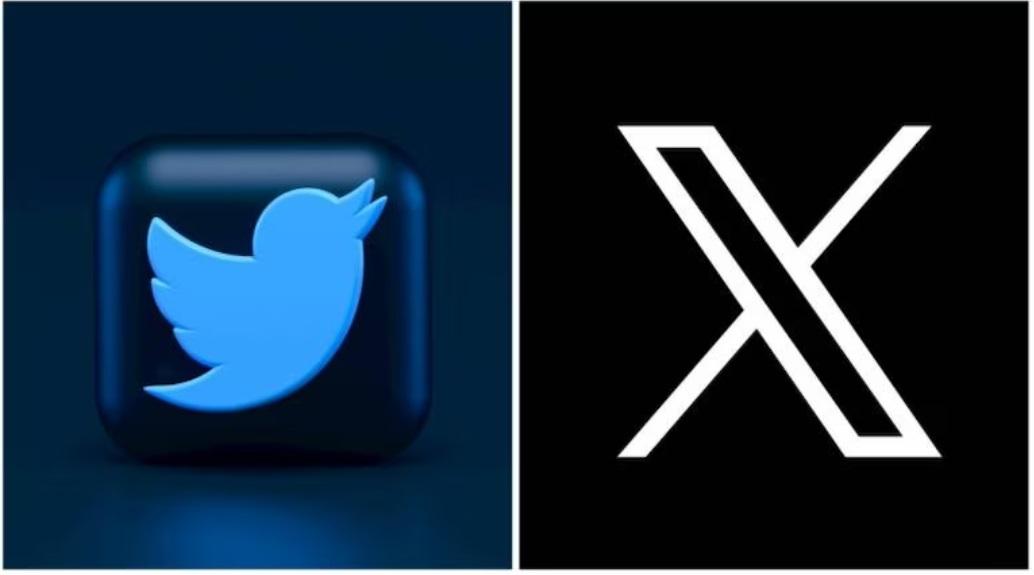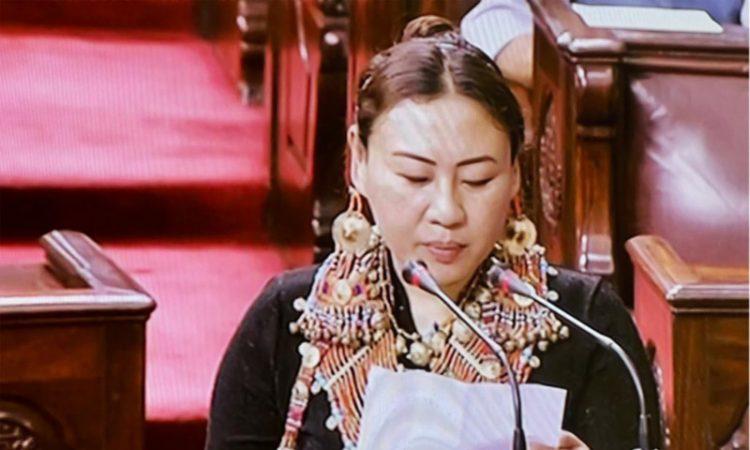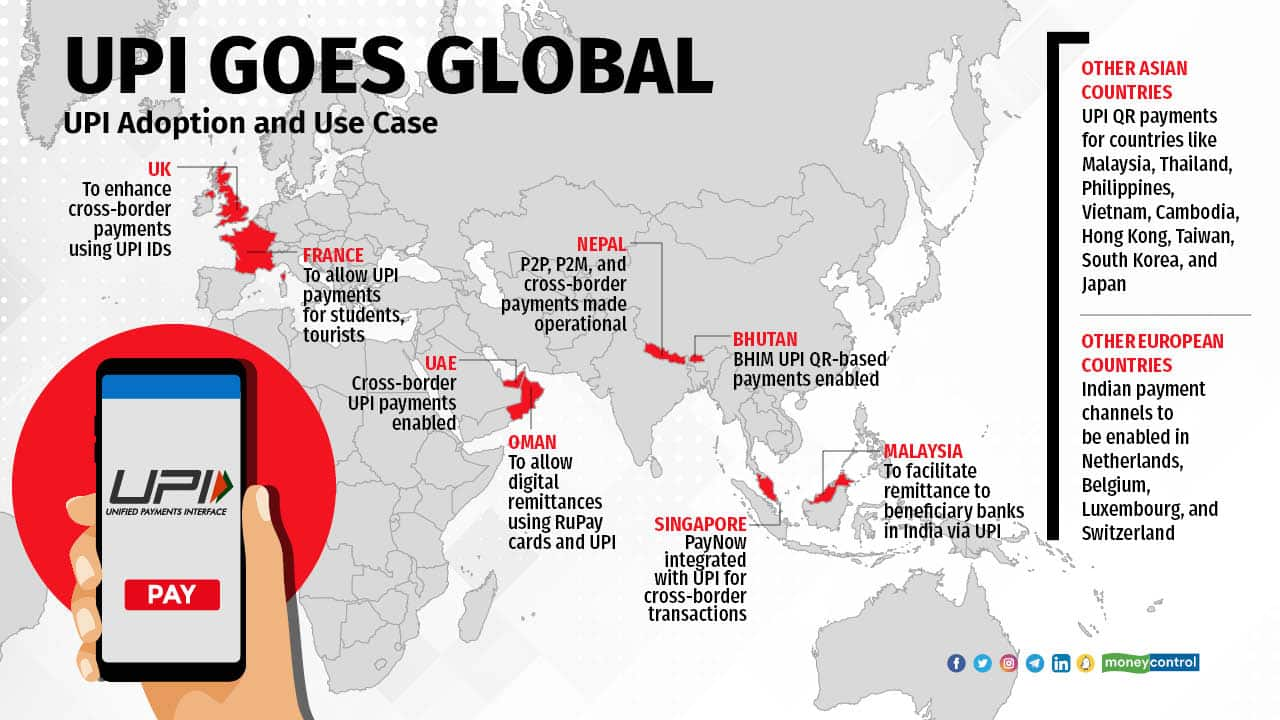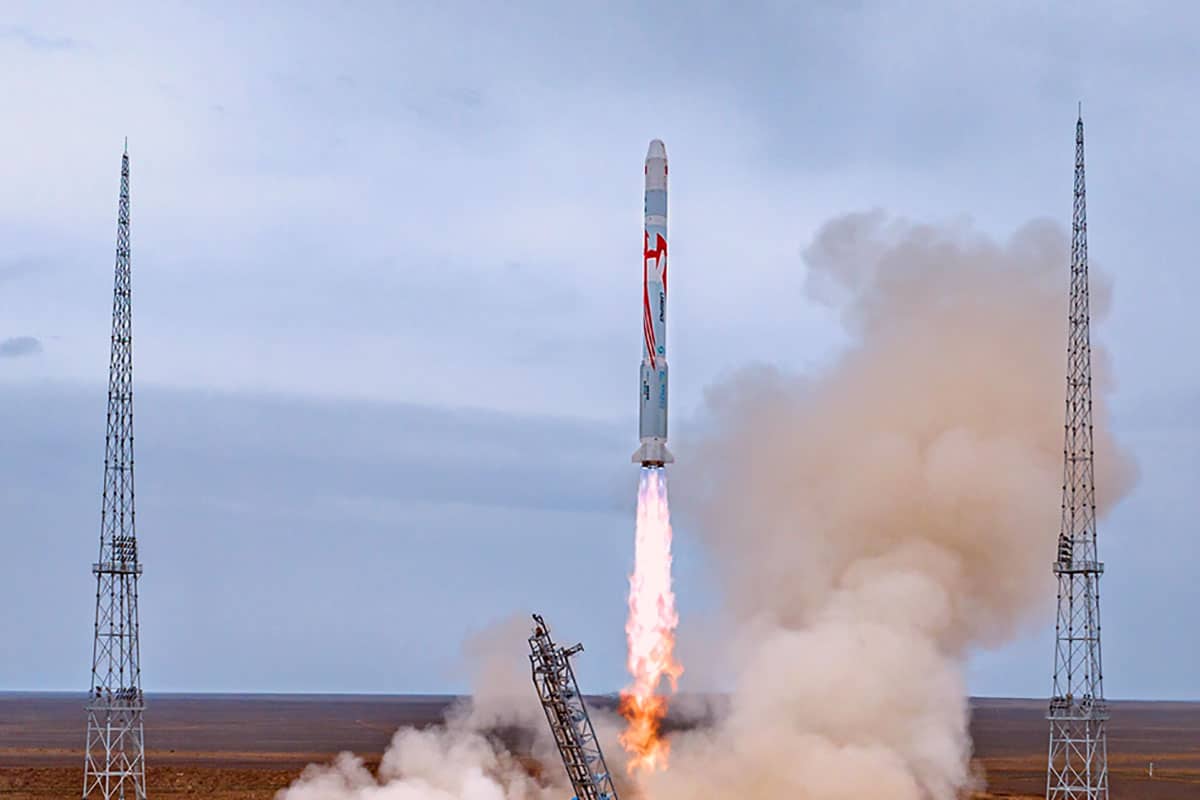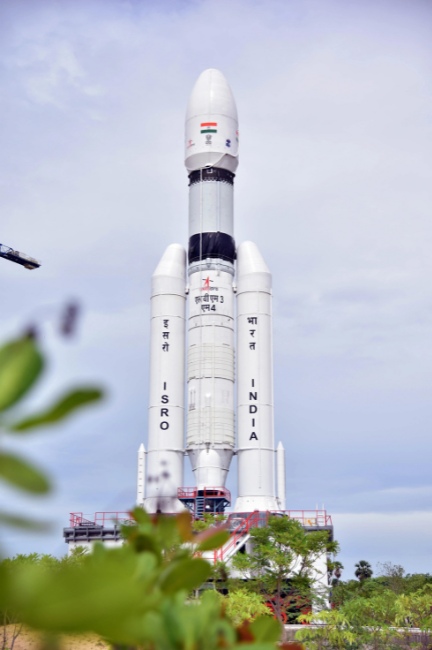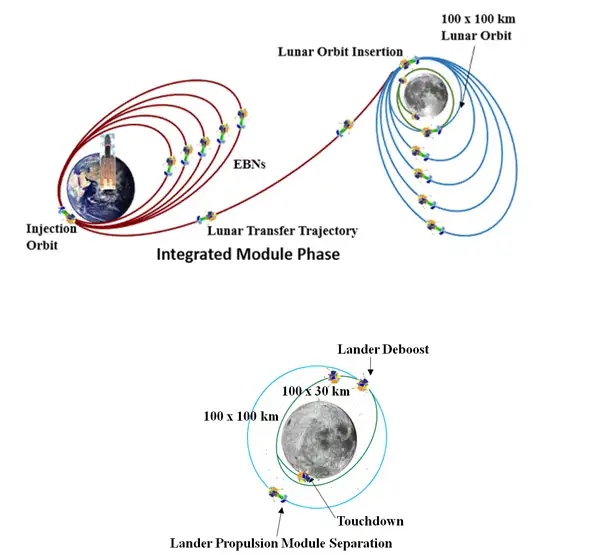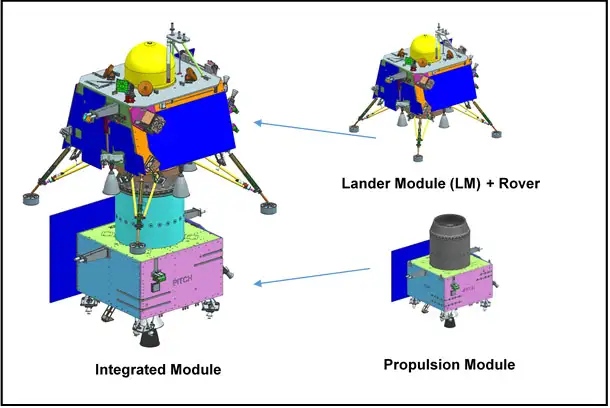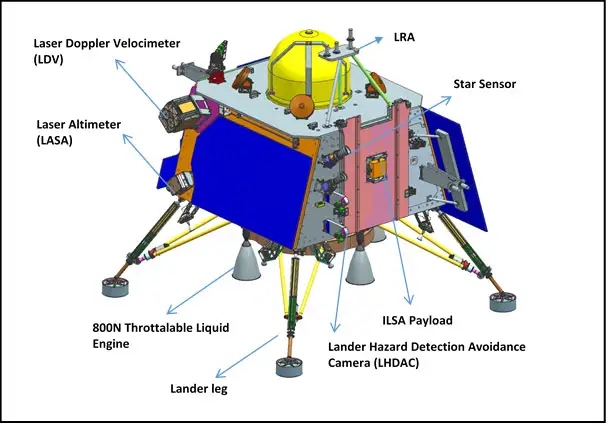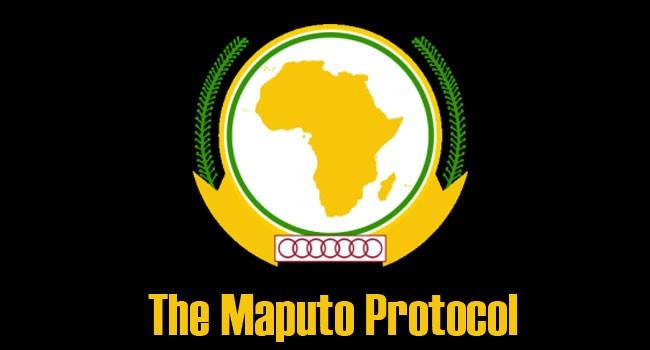
Statues have been produced in many cultures from prehistory to the present, the oldest-known statue dating to about 30,000 years ago. Statues represent many different people and animals, real and mythical, many statues are placed in public places as public art.
Tallest Statue in the world
The tallest statue in the world is “Statue of Unity” which is about 182 m tall and is located near the Narmada dam in Gujarat, India.
List of Top 10 Tallest Statues in the world
| S. NO. | Statue | Height | Country |
| 1. | Statue of Unity | 182 m (597 ft.) | India |
| 2. | Spring Temple Buddha | 128 m (420 ft.) | China |
| 3. | Laykyun Sekkya | 115.8 m (380 ft.) | Myanmar |
| 4. | Vishwas Swaroopam | 106 m (348 ft.) | India |
| 5. | Ushiku Daibutsu | 100 m (330 ft.) | Japan |
| 6. | Sendai Daikannon | 100 m (330 ft.) | Japan |
| 7. | Guishan Guanyin | 99 m (325 ft.) | China |
| 8. | Great Buddha of Thailand | 93 m (305 ft.) | Thailand |
| 9. | Kita no Miyako park’s Dai Kannon | 88 m (289 ft.) | Japan |
| 10. | Mother of All Asia- Tower of Peace | 88 m (289 ft.) | Philippines |
1. Statue of Unity

Height: 182m (597 ft.)
Location: Sardar Sarovar Dam, Kevadiya, Narmada district, Gujarat, India.
Country: India
Depiction: Vallabhbhai Patel
Year of completion: 2018
Key Point: It is the world’s tallest statue standing on a base of 58 m, total monument height is 240 m (790 ft.). This statue of Sardar Vallabhbhai Patel was unveiled by PM Narendra Modi at the 143rd birth anniversary of Vallabhbhai Patel on October 31st, 2018.
2. Spring Temple Buddha
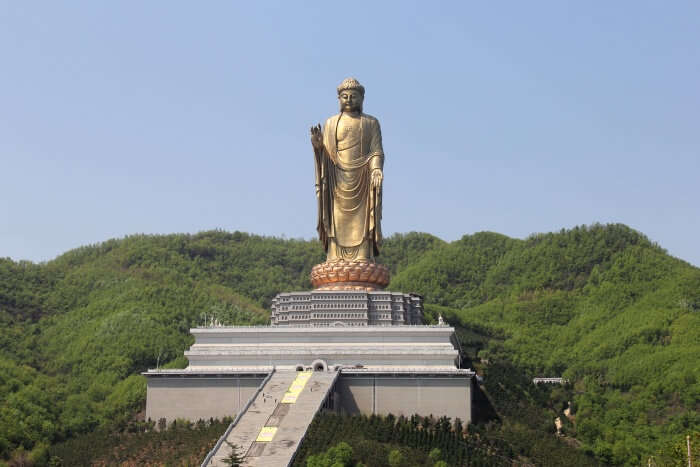
Height: 128 m (420 ft.)
Location: Lushan, Henan
Country: China
Depiction: Buddha (Vairocana)
Year of completion: 2008
Key points: It is the world’s second tallest statue and formed in the centre of a lotus-shaped seat. The monument stands atop a slope that has been altered to make two more pedestals.
3. Laykyun Sekkya
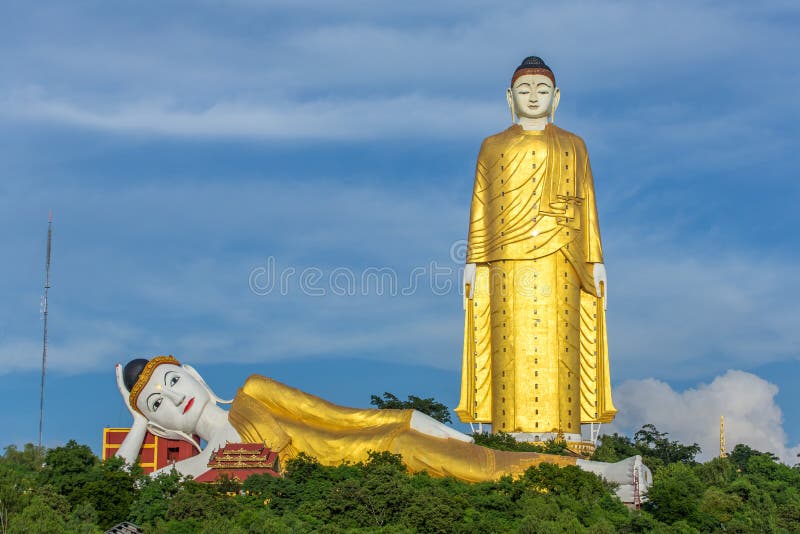
Height: 115.8 m (380 ft.)
Location: Khatakan Taun, near Monywa, Sagaing Division, Mynmar
Country: Myanmar
Depiction: Buddha (Gautama)
Year of completion: 2008
Key points: This statue stands on a 13.41 m (44 ft.) lotus throne and the total height of the sculpture is 129.2 m (424 ft.). The construction of this statue began in 1996 and lasted 12 years. In February 2008, the monument became formally open to the public.
4. Statue of Belief (Vishwas Swaroopam)

Height: 106 m (348 ft.)
Location: Nathdwara, Rajasthan
Country: India
Depiction: Lord Shiva
Year of completion: 2020
Key points: This status is the world’s tallest Shiva statue with a base of 33 m (108 ft.), thus the total height of the sculpture is 112 m (367 ft.).
5. Ushiku Daibutsu
Height: 100 m (330 ft.)
Location: Ushiku, Ibaraki Prefecture
Country: Japan
Depiction: Buddha (Amitabha)
Year of completion: 1993
Key points: It was the highest statue in the world from 1993-2008. The statue is made of bronze and depicts Amitabha Buddha. It was created to commemorate the birth of Shinran, the founder of Buddhism’s “True Pure Land School.”
6. Sendai Daikannon
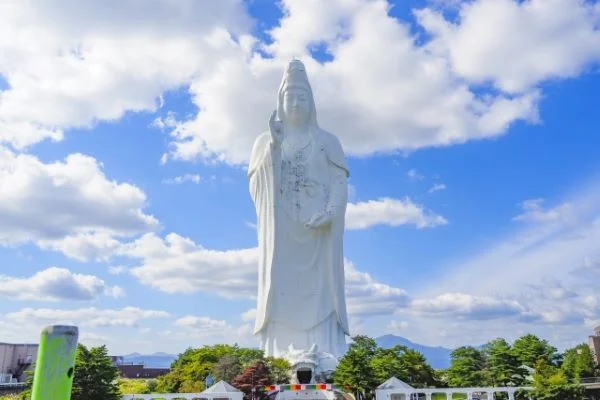
Height: 100 m (330 ft.)
Location: Sendai, Miyagi Prefecture
Country: Japan
Depiction: Kannon (Avalokitesvara)
Year of completion: 1991
Key points: It was the world’s highest statue from 1991-1993. This is Japan’s highest goddess statue and one of the sic tallest statues in the world.
7. Guishan Guanyin

Height: 99m (325 ft.)
Location: Weishan Changsha, Hunan
Country: China
Depiction: Guanyin- Eleven-headed Thousand-armed Guanyin
Year of completion: 2009
Key points: The gilt bronze statue shows Guanyin with eleven heads and thousands of arms. This shows a bodhisattva who empodies all Buddhas’ compassion.
8. Thailand’s Great Buddha

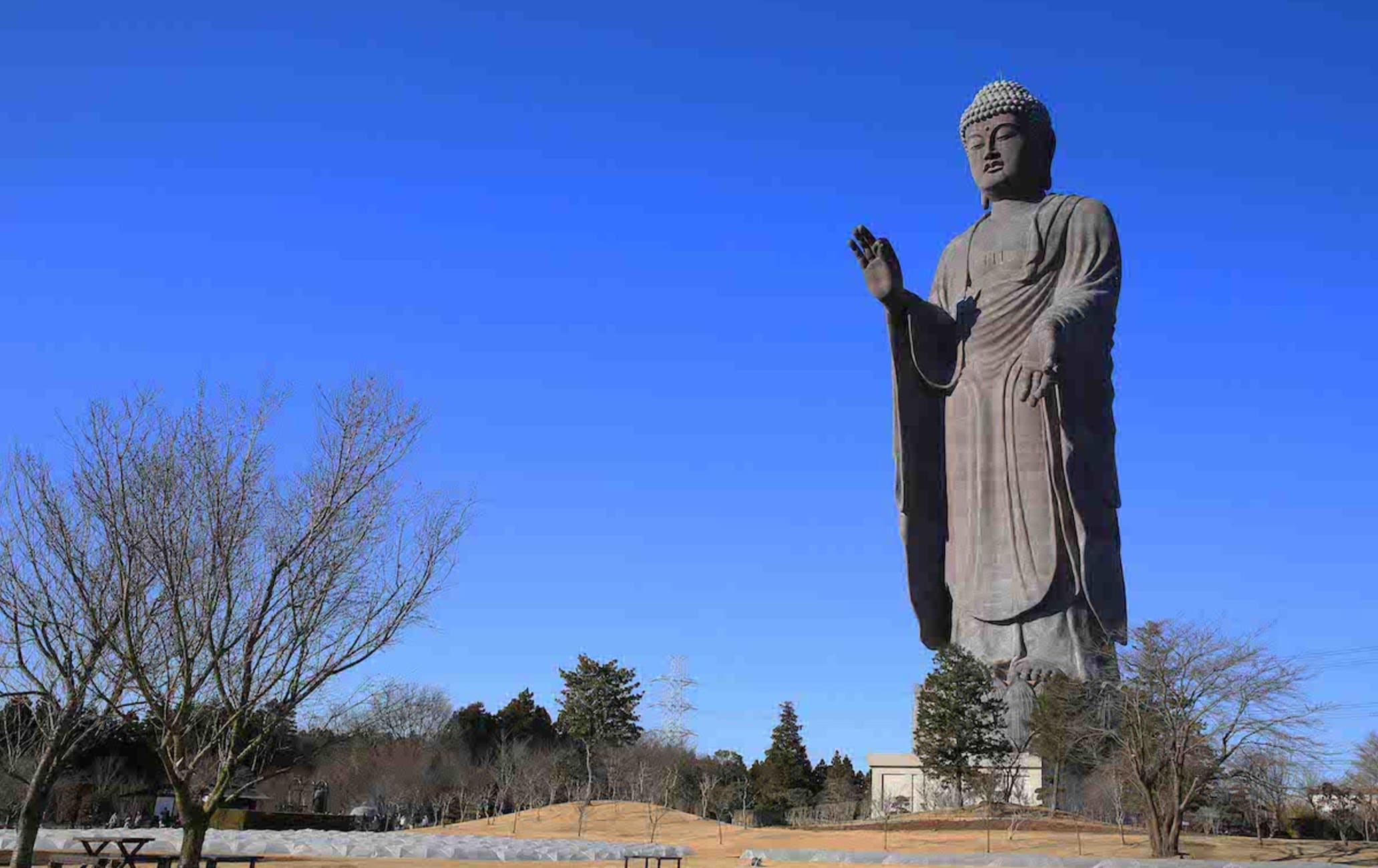

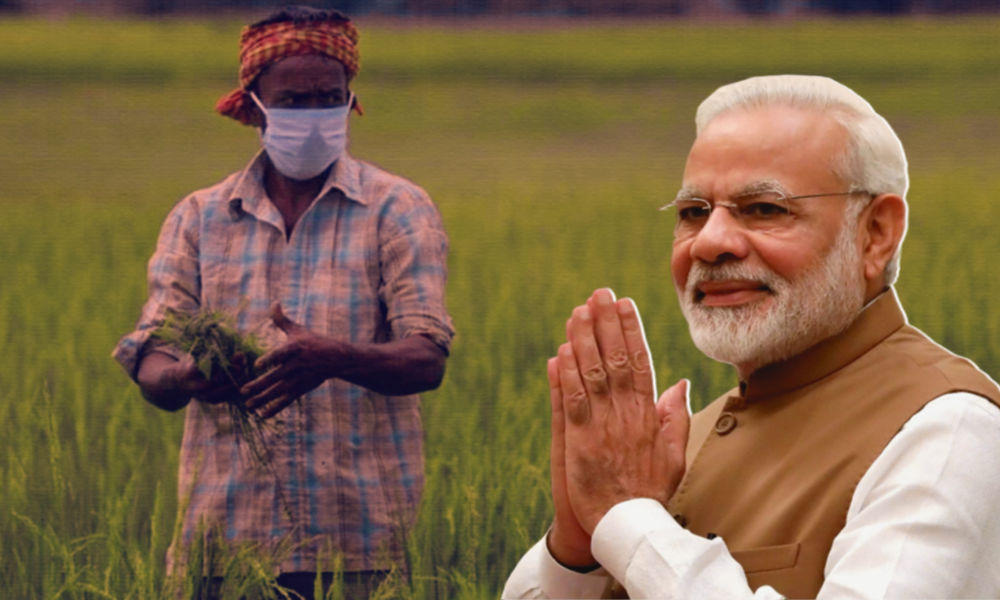
.jpg)
